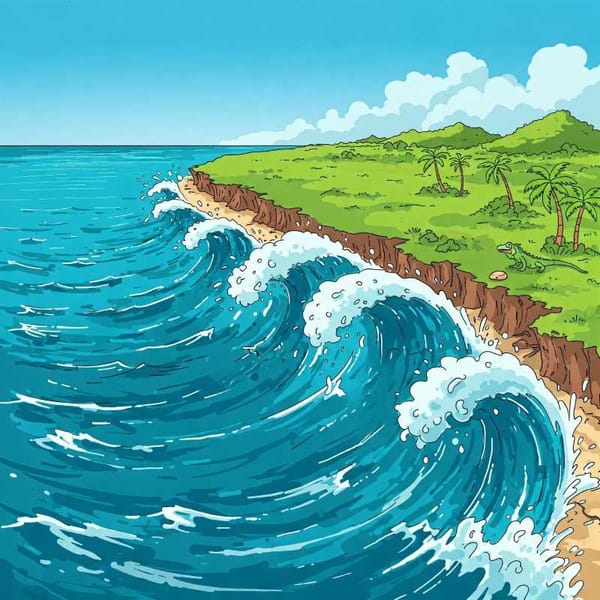Kiki Camarena Murder in Mexico and the Shadow of the CIA
DEA agent Kiki Camarena's brutal murder in Mexico sparked a firestorm. The official story — revenge for drug busts — unraveled as whispers of CIA involvement emerged. Was Camarena a hero fighting drug lords, or a casualty of a covert US operation?

Enrique "Kiki" Camarena wasn't your average DEA agent. Forget the mirrored sunglasses and Miami Vice swagger. Camarena, born in Mexico but raised in the US, was a chameleon. He blended into the bustling streets of Guadalajara like a stray mariachi, his fluency in Spanish and understanding of the local culture a secret weapon in the war on drugs. But on a sweltering February day in 1985, that weapon became a target. Camarena vanished, snatched from the sun-drenched streets, leaving behind a trail of unanswered questions and a simmering pot of suspicion.
Weeks later, his body, a horrifying testament to cruelty, emerged from a shallow grave in Michoacán. The news sent shockwaves through both sides of the border. Operation Legend, a bureaucratic leviathan with hundreds of US law enforcement officers at its helm, roared to life. Its mission: untangle the web that ensnared Camarena and bring his killers to justice.




